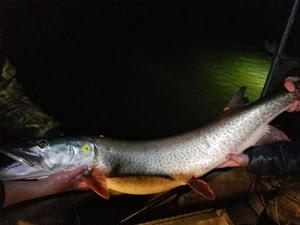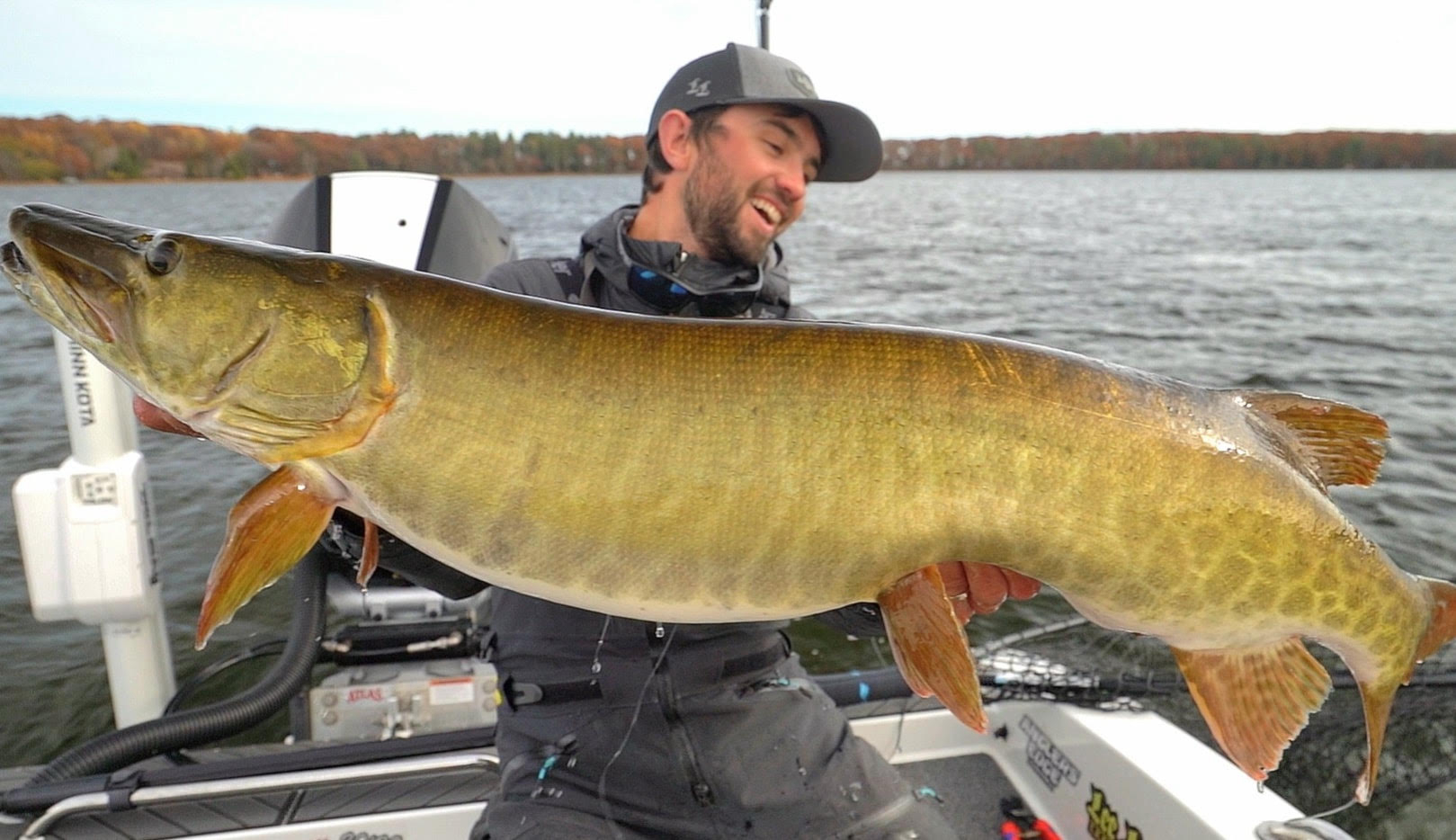Michigan Inland Waterway survey gives insight on muskie numbers

Fisheries staff in the northern Lower Peninsula have been busy tagging muskellunge in the Inland Waterway in an effort to gain better insight into the area’s populations. The Inland Waterway is a roughly 38-mile series of rivers and lakes connecting Lake Huron and Lake Michigan. Anglers who catch any muskies in the area are encouraged to report it, particularly if a fish has an external tag or any evidence that a tag was on the fish at some point.
Tagging these fish allows the DNR to learn a lot about the area’s population: things like fish growth and densities, spawning locations, exploitation, and how recent fishing regulation changes are affecting them.
“We’re trying to gather data to be better managers of our Inland Waterway muskie populations,” said Tim Cwalinski, a DNR fisheries biologist out of Gaylord. “This is hopefully a multiple-year project where we’ll have a better idea of what the population actually looks like and how we need to adapt our management over time.”
This is the third year that local muskies have received tags – one in the form of a button tag on the cheek, and the other located on the back dorsal fin. Some fish may be missing one or both of the tags due to tag shedding, which is another aspect of the study. If a tag is present, anglers will see a tag number and phone number to report the catch. Anglers are encouraged to report all Inland Waterway muskellunge catches to the DNR.
As a reminder, all muskie that are caught and kept (harvested) must be registered either at michigan.gov/registerfish, over the phone, or at a DNR customer service center.
For more information, visit michigan.gov/muskie or contact Tim Cwalinski at 989-732-3541 or Elyse Walter at 517-284-5839.





